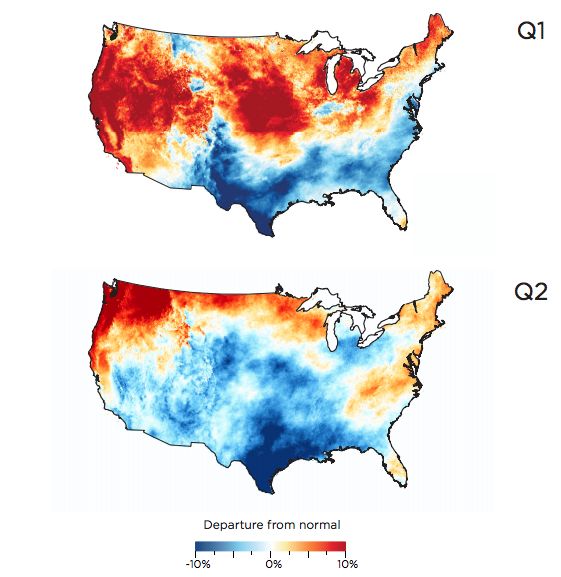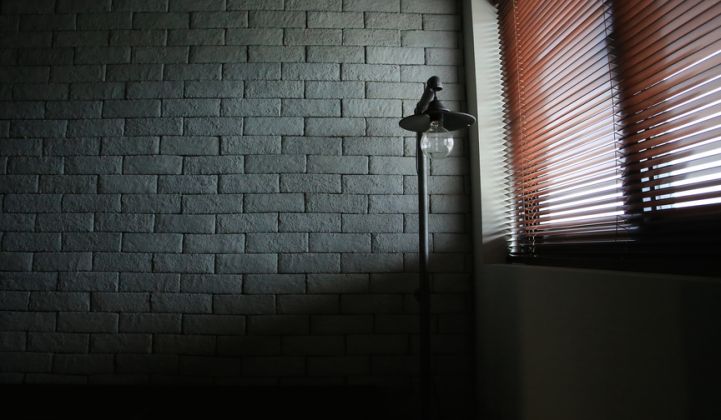Multiple analyses have shown that tens of millions of people around the country could soon be presented with an economic option to self-consume their own electricity with lithium-ion batteries and PV, or potentially disconnect from the grid altogether.
But just because the option is available doesn't mean people will want it, or that it actually makes sense from a reliability or lifestyle perspective. (This is why the Rocky Mountain Institute rightly took a fresh look at the issue, and opted for the phrase "load defection" rather than "grid defection" in its most recent report.)
Now there's yet another new report on grid defection to throw into the mix -- and this one also raises questions about the consequences of grid defection for U.S. consumers.
Conducted by the environmental measurement company Vaisala, researchers modeled the performance of a residential solar-plus-storage system in San Antonio, Texas using 18 years of satellite solar-resource data. The system was sized and modeled using simulation software from PVsyst.
In order to achieve three days of full autonomy from the grid with zero outages during a year with typical weather conditions, the researchers had to design a very large system: a 15-kilowatt PV array and a 142-kilowatt-hour battery bank.
"This is as large an array as can reasonably be installed on a typical home, and the battery bank is larger than what is currently being sold by manufacturers like Tesla and others for home use," wrote the researchers.
That's a pretty hefty system just to maintain basic reliability during a good year for solar insolation. What would happen if solar resources were below average?
In the first half of 2015, San Antonio did in fact experience weather conditions that cut solar resources 10 percent below average. When modeling system performance using that data, the Vaisala researchers showed that the homeowner would have suffered a 37-hour outage in March because of prolonged fog.
As the map below from Vaisala illustrates, it would have been a nerve-wracking six months for a homeowner disconnected from the grid in the deep blue regions -- even with such an oversized system.

Source: Vaisala
Next, the researchers wanted to see how the system would have performed over many years. The results weren't promising. When modeling solar data for the region between 1997 to 2015, the homeowner would have faced two days of outages per year.
“The main U.S. electricity grid typically achieves outages on an average of one day per every 10 years. That kind of reliability is difficult to beat,” said Gwen Bender, the product manager for energy assessment at Vaisala.
For most homeowners, ditching the grid would be a terrible option. That's not to say a very small number of people won't consider the idea as batteries and solar get cheaper. But it would be very difficult for a solar or storage provider to provide a reliable enough system for customers who use as much energy as the average American.
The big worry for utilities isn't losing their customers entirely, however. It's losing billions in revenue as more customers invest in batteries and solar to shave their consumption from the grid. As the Rocky Mountain Institute showed in its economic analysis, the day is nearing when power companies see "substantial...loss within the economic life and cost recovery for major assets" because of load defection.



